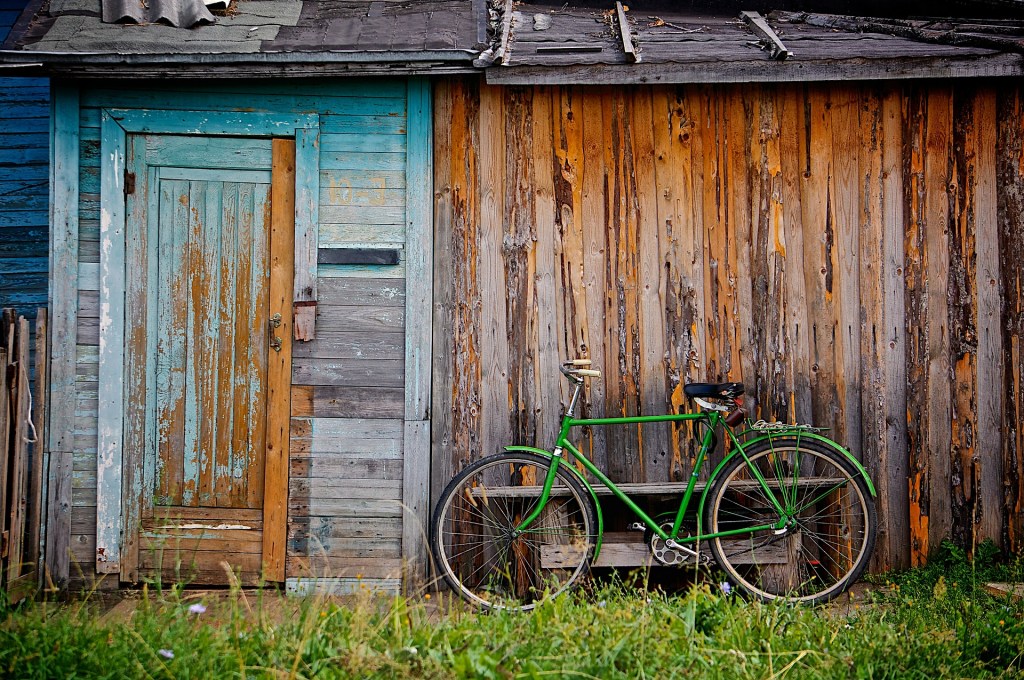The self-storage industry is growing. For homeowners and DIY enthusiasts, this presents an opportunity to make some extra cash helping people store their stuff. This has led to many people wondering how to build a storage shed from scratch. Is this even feasible? Well, you might be surprised to learn that it’s not as hard as you think.
A storage shed is more than just a building project – it’s an investment.
If you’ve got the space in your front or back yard, and are willing to put in a little elbow grease, here are the 10 steps to follow when building your very own shed:
Step 1: Ensure you have the required permits/permissions
Perhaps the most important step of how to build a storage shed begins before breaking ground. Depending on your location, you may be free to begin the project immediately. However, in other regions, you may require a building permit to do so. In other locales, you don’t need any permits as long as the shed is no larger than 10x10. Therefore, the first step is checking with the local authorities about building with and without permits.
If you don’t have the budget or the time to build your own storage unit, you can always see how much storage sheds are online. You should find a number of reasonably priced prefabricated sheds that can be shipped to your home.
Not sure what size your storage shed needs to be? Check out our storage unit size guide here.
Step 2: Gather all the materials and tools you will need
Depending on what kind of shed you plan to build will determine what kind of materials you will need. Some common items include:
- 2x4 wood boards
- particle board
- limestone aggregate
- bricks
- cinder blocks
- electrical wiring
- Plexiglass window panes
- wood varnish
- paint
- Anything else you plan to add to the structure!
On top of that, you need to get tooled up! Drills, screw drivers, a hammer and chisel, nails, screws, a shovel, spade, pick axe, wheelbarrow, square layout tool, a pencil, measuring tape, spirit level (that tool with the little bubble in it)... The list goes on!
If you’re going to be using power tools such as nail guns, air hammers, and table saws, you may also need a generator. However, if you’re building your shed not too far from your house, you could simply use an extension-cord. Last but certainly not least: don’t forget to pick up all the Personal Protective Equipment (PPE) you’ll need, including safety glasses, gloves, steel-toed boots, etc.
Step 3: Lay the foundation and electrical wiring
It’s essential that you lay a foundation if you want your storage shed to last.
You can do this by digging between 16-24 inches into the ground, then ensure the ground is more-less level with some finishing shovel work.
Next, lay cinder blocks around the perimeter of the foundation. A cinder block foundation will help keep rodents from burrowing into the shed. Moreover, be sure to leave a channel in the foundation - you can use this later to install electrical wiring.
Step 4: Put together the wall frames
A fundamental job in the how-to’s of building a storage shed is assembling the wall frames.
This is most commonly done by nailing together 2x4s; their length will have been predetermined by how tall you’ve decided to make your shed.
A good rule of thumb is to space the vertical 2x4s two feet apart from one another. One of the four walls will have a space large enough in it to install a door frame. In addition, 1-2 of those wall frames could be modified to support a window frame, although this depends on how much natural light you want the shed to have.
Looking to cut down on the clutter in your house? Check out our blog 10 Creative Ways to Declutter and Reorganize Your Home to find out how.
Step 5: Finish the foundation
Once the wiring is secured, it’s time to fill in the base of the foundation with aggregate.
Limestone gravel or powder is an ideal material for this. Pour as much limestone as it takes to fill the foundation. After that, if you’re able to get your hands on one, pack it down with a hand pushed heavy roller. If not – just jump up and down on it until it’s packed in!
The next step is to give the packed aggregate a good soaking with water for about an hour. Then, add more aggregate and pack it down until it’s level. You can use a screed board to smooth over and level the limestone while it’s still wet; it will begin to harden as it dries, and will eventually be as hard as stone.
Give the foundation 24-48 hours to completely dry. Once dry, fasten 2x8 boards around the perimeter of the now-hard foundation with large anchor bolts. These boards will be where you attach your wall frames to the foundation.
Step 6: Attach the wall frames to the foundation
The next step in how to build a storage shed is to fasten the wall frames to the 2x8s that are bolted to the foundation.
Some DIY builders recommend that all four wall frames be nailed together before being drilled into the foundation, but this will be contingent upon how many extra hands you have for this project. If you’ve got 3 or more more people helping build the storage shed then it’s doable. However, with just 1 or two 2 of you, it’s better to drill the wall frames into the foundation one at a time.
Step 7: Build and attach the roof trusses
This may be the most difficult part of the whole project for first-time builders and DIYers. There are a lot of angled cuts involved, and they have to be accurate if the roof frame is to fit together.
To simplify this task, it’s much easier to assemble the rafters and ceiling joists into roof trusses, which can then be raised and set on top of the walls. This process is much faster and safer than building the roof frame one board at a time.
This is a group task. Therefore, it’s probably a good idea to entice your friends and family to come and help. You could sweeten the deal with some cold ones and the promise of grub
Step 8: Fasten siding to walls, roof trusses
There are a wide variety of siding options to choose from, but your shed’s walls and roofing should be constructed with durable material that will stand up to precipitation and seasonal changes in temperature.
Thick durable particle board is a lower-cost option for the walls, but should only be used for the roof if you place a roof tarp under it. Another option for the walls is to use 2x8 boards arranged vertically for the wall siding. You have even more options with the outer roof covering; everything from shingles to steel or aluminum panels to pressure treated wood.
If you’re looking for affordable self storage, we pair homeowners with space, with people in need of storage for a cheaper alternative to self storage companies.
Step 9: Assemble and attaching the door(s)
The frames for doors must be measured precisely.
There are two types of door that are most commonly used in the construction of storage sheds – sliding and hinged doors. Your best bet is to build a hinged door fixed to the shed itself with steel brackets.
Once this is complete, the door handles and a locking mechanism like a sliding deadbolt can be added.
Step 10: Painting and finishing the shed
For the finishing touches of the shed, and to help weather-proof it, paint or stain wooden siding with varnish.
To make your new creation more aesthetically pleasing, take the time to add trim around the corners, door and/or window frames. White 1x4 boards around the wall edges and door frame, for example, will turn a plain looking storage shed into something more professional looking and easy on the eyes.
Now Enjoy Your New Storage Shed!
And there you have it! It will have taken some doing, but in the end you can be proud of yourself for an honest day’s work and a job well done. In addition, when friends and neighbors ask you how to build a storage shed, you’ll have all the answers for them.

